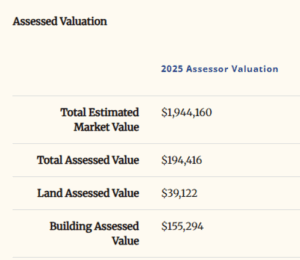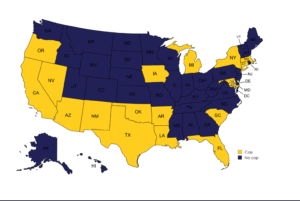By: Kristina Gropper, Senior Consultant
In late October 2025, Dr. Clare McAndrew, the founder of the research and consulting firm Arts Economics, released the twelfth publication of the Art Basel and UBS Survey of Global Collecting 2025. This report is one of the largest surveys of high-net-worth collectors globally. I was excited to peruse the survey and see what insights Dr. McAndrew uncovered from interviewing 3,100 art collectors in ten markets. I read the report craving her insights on the art market and high-net-worth-individuals (HNWIs). I haven’t delved into an art market report since 2022 and wondered if understanding the microcosm of the art market can shed light on bigger global economic trends. Fortunately, this year’s report did not disappoint. Dr. McAndrew received intellectual contributions from legal professionals and economics and politics professors; pulling experts from multiple disciplines leads to a fuller understanding of the broader trends that span beyond gallery walls. The full report is free and available to download, but I wanted to share some key takeaways to whet your appetite.
Great Wealth Transfer Underway
According to the UBS Global Wealth Report $83 trillion will pass between generations in the decades ahead. One tangible example of the transfer of assets in the report is inherited art. According to the survey, 84% of HNWIs inherited art. Their inherited art accounts for 30% of the art they own. The percentage increases for the youngest collectors; 90% of Generation-Z (Gen Z) collectors have inherited art. Another staggering statistic is the composition of the survey; 75% of the respondents in this year’s report are millennials and Gen Z.
Women
In addition to the shifting generations, there is also a flow between spouses. Women now control over a third of global wealth, a figure set to increase in the years ahead. Simultaneously there is a rise in the visibility and influence of women as collectors and tastemakers. Out of the 3,100 art collectors surveyed 1,575 are women. Female collectors lead spending in several regions and champion female artists at unprecedented levels. In 2024, the average spending on art was $438,000 across an average of 14 works with women spending 46% more than men. In Mainland China, women collectors spending was over twice that of men. According to the survey, women outspent men in both the Gen Z and Millennial segments (reminder: these are ¾ of the total survey respondents), while the reverse was true for Gen X and Boomers. In addition to female Millennial and Gen Z collectors spending more, women were also more open to buying unknown or newly discovered artists. Women also collected and spent more on female artists. In 2024, 44% of the works women owned were by female artists- this is an 11% increase from 2018.
Outlook and Concerns
Unsurprisingly, the report also found that women were more optimistic about the ten-year outlook of the art market than male collectors. Optimism was highest among women with a greater net wealth and a longer history of collecting. 84% of HNWIs surveyed were optimistic about the art market’s future over the next six months and 81% over the next 12 months. The top concern collectors had was about security of their personal, financial, and collection data online when purchasing art. Collectors were also concerned about legal issues in the art trade- such as AI-generated fakes and forgeries and restitution cases.
Museum Visits and Collections
One final takeaway was the continued relevance of art events (including museums, fairs, galleries, and artists studios) as a past time and art museums as a repository for artwork. The average HNWI surveyed attended 14 museum exhibitions in 2024 and plans to visit 13 museums in 2025. While attendance at art fairs and art galleries remained stable, collectors now visit more artist studios than ever. Young collectors in particular plan to attend even more art events in 2026. The report also found that 80% of the collectors surveyed plan to pass their collections to children or partners and 70% hope to donate works to museums or charities.
Did you have a chance to read the report? If so, I’d love to hear your takeaways!





